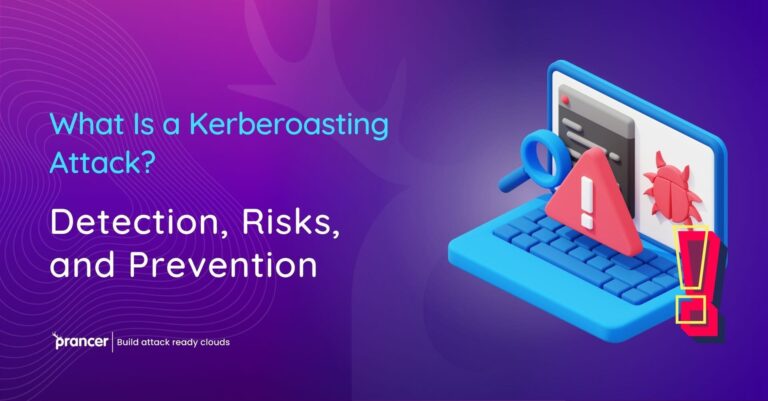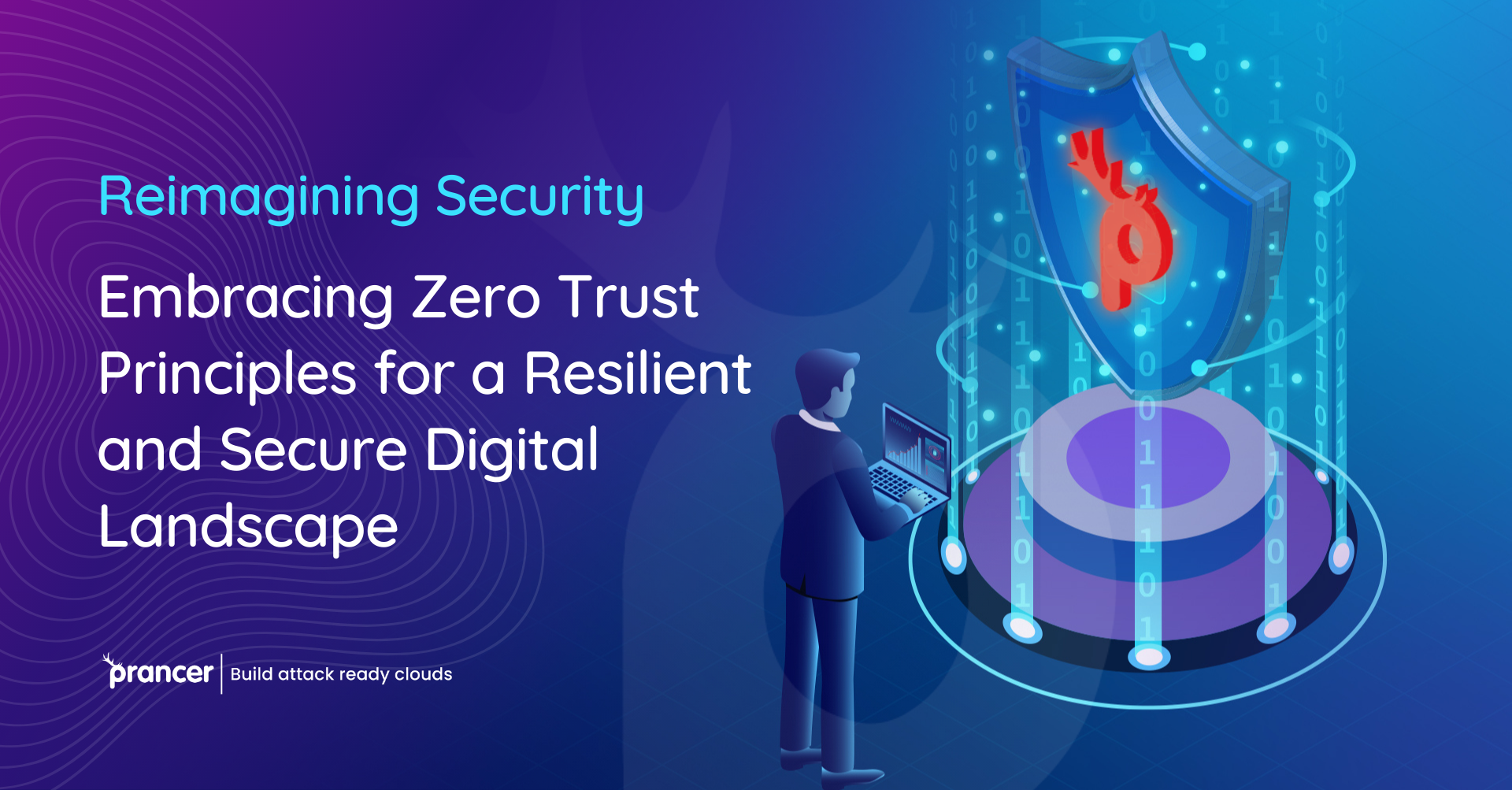

The modern cyber-world continuously evolves, challenging traditional security paradigms. As remote work, cloud computing, and mobile devices increasingly become the norm, securing cyber boundaries has become more complex. To counter these challenges, many organizations are pivoting towards trust principles.
These transformative principles mandate that no user or device is inherently trusted within the network. In this article, we unravel the importance of zero-trust principles in shaping a resilient, secure digital environment. Prancer’s state-of-the-art cloud security solutions dovetail with this shift.
At its core, zero trust principles fundamentally overturn the conventional security belief of “trust but verify” with a more stringent “never trust, always verify” approach. These principles dictate that every user and device seeking to access an organization’s resources must be verified and authorized, regardless of their location. This assumption of inherent risk emphasizes the criticality of user identity verification, data security, and granular access controls to prevent unauthorized intrusion.
The traditional perimeter-based security model presents vulnerabilities that can be exploited once access is granted to a network, allowing for unrestricted resource access. Zero trust principles effectively minimize this attack surface by enforcing strict access controls and continuous verification.
Adopting zero trust principles allows organizations to:
Prancer, a frontrunner in advanced cloud security solutions, champions trust principles, integrating them into their security offerings. Prancer’s platform brings a wealth of tools and features to the table that echo the tenets of zero trust.
With Prancer, organizations can:
The traditional perimeter-based security model no longer suffices in the face of the digital world’s intricacies and threats. Embracing our principles provides a secure, resilient architecture centered around data protection and user identity verification.
Prancer’s innovative cloud security solutions help organizations align with zero trust principles, bolstering their cyber defenses. Incorporating Prancer into security practices paves the way for robust digital resilience, safeguarding critical assets from emerging threats, and offering unparalleled cloud environment protection.
By trusting nothing and questioning everything, zero trust principles, hand-in-hand with Prancer, form the cornerstone of a secure digital future.
